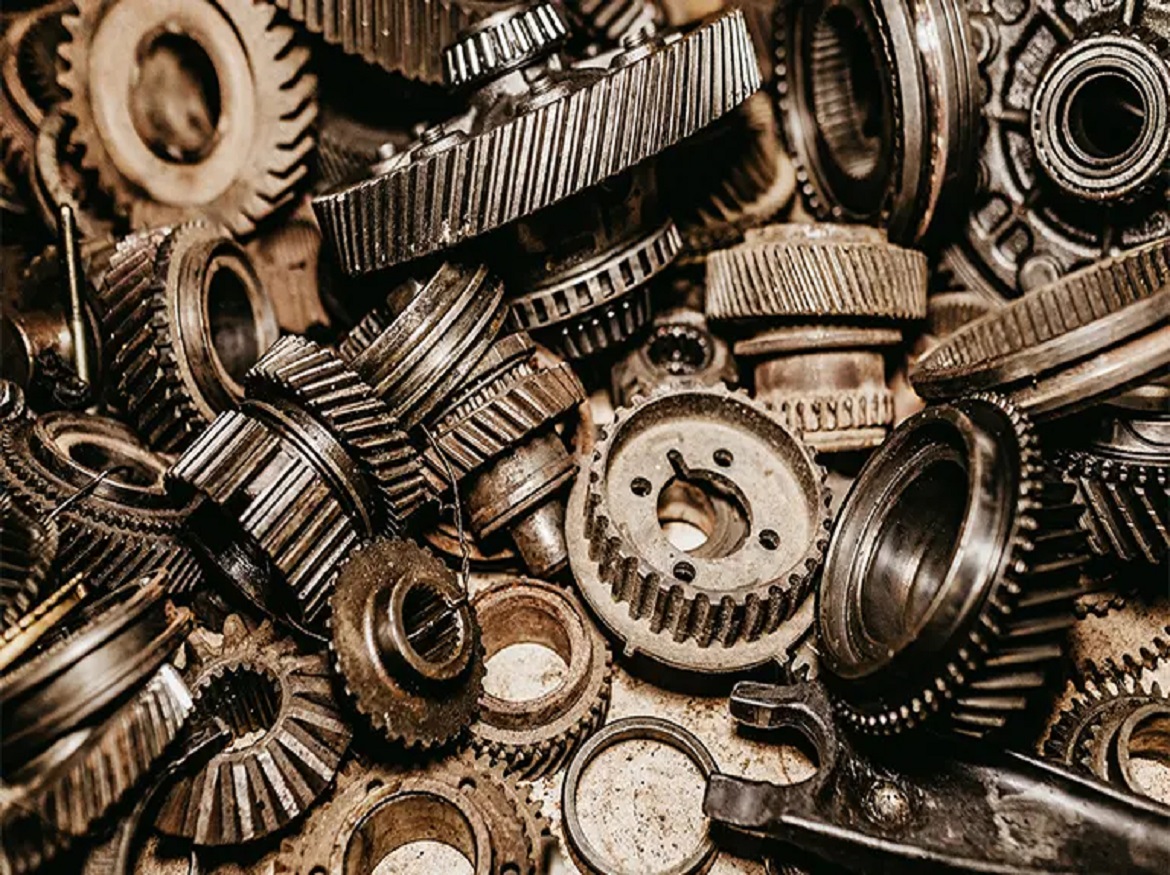The precise size and geometry of parts are vital when manufacturing prototypes or actual products. Any errors in dimensions can have a significant impact on the entire production process. To address this issue, high-tolerance measuring machines known as Coordinate Measuring Machines (CMM) were developed. In this article, we will provide an introduction to CMMs and answer the commonly asked question: “What is a CMM?”
What is a CMM?
The coordinate measuring machine (CMM) is a crucial tool in the manufacturing process for ensuring precise geometry and physical dimensions. Traditionally, measurements were taken using hand tools or optical comparators, but these methods had limitations and potential for errors. The CMM, on the other hand, provides an accurate and efficient solution.
A CMM machine utilizes coordinate technology to measure the dimensions of machine or tool parts. It can measure height, width, and depth in the X, Y, and Z axes. Depending on the complexity of the CMM machine, it can also record measurement data. This advanced measuring machine is particularly suitable for measuring large and complex components.
The CMM is controlled either by a computer or an operator. It offers 6 degrees of freedom (DOF), allowing it to read measurements from various angles and directions. Due to its versatility and precision, it has become an indispensable tool in modern manufacturing processes.
The importance of coordinate measuring machines
The significance of coordinate measuring machines is paramount in today’s metrology industry. Traditional methods of handheld inspection have limitations and heavily rely on the inspector’s skillset. This leaves room for poorly manufactured components to go undetected, ultimately reaching the end customer. However, with the advancement in production designs and the complexity of components, certain properties can only be precisely measured using a CMM.
The impact is profound as CMMs save businesses both time and money while enhancing their manufacturing processes. This improvement allows them to gain a competitive edge, leading to increased profitability.

Types of coordinate measuring machines
There are four types of coordinate measuring machines (CMMs), each with its own structure and advantages.
Bridge-type coordinate measuring machine
The first type is the bridge-type CMM, which is the most common. Bridge-type CMMs can be further classified into mobile workbench and mobile bridge types. These machines have a stable anchoring design that ensures accurate measurements. They come in both stationary and portable options, with the latter being hardened to withstand the harsh conditions of a machine shop. However, bridge CMMs are typically limited to measuring small to medium-sized parts that can be easily lifted and placed on a table.

Gantry type three coordinate measuring machine
Gantry-type CMMs feature two upright columns with a crossbeam connecting them. This configuration provides excellent stability during measurements, making it suitable for larger and heavier parts. Gantry CMMs are commonly found in industries such as automotive and aerospace.

Cantilever type three coordinate measuring machine
The second type of CMM is the cantilever type. Cantilever CMMs have a single arm with a probe attached at one end. This design allows for flexible measurement in tight spaces or areas that are difficult to access. Cantilever CMMs are often used for measuring intricate and complex parts.

Horizontal arm three-coordinate measuring instrument
The fourth type of CMM is the horizontal arm style, where the probe is attached to a horizontal arm that moves along tracks mounted on an overhead beam or surface plate. This design allows for large-scale measurement of heavy objects without compromising accuracy.

How does a coordinate measuring machine work?
A coordinate measuring machine (CMM) functions by utilizing a probe to make physical contact with different points on the object, gathering valuable data on its dimensions and shape. This data is meticulously analyzed and utilized to generate highly precise measurements and comprehensive reports.
The CMM operates through a sophisticated system of XYZ axes, enabling it to maneuver the probe with pinpoint accuracy along various planes. Moreover, state-of-the-art CMMs incorporate optical or laser sensors for non-contact measurements. While advanced CMMs boast an array of additional capabilities, dimensional measurement remains the fundamental application of this powerful technology.
Benefits and limitations of coordinate measuring machines
Coordinate measuring machines (CMM) are essential instruments in the realm of production. They offer numerous advantages that greatly surpass their limitations. We will delve into a comprehensive exploration of the multitude of benefits associated with employing a CMM, while also addressing some important considerations regarding its limitations.
Benefits of utilizing a coordinate measuring machine
- Enhanced efficiency and cost savings
Coordinate measuring machines have become an essential component in the manufacturing process due to their accuracy. Particularly when producing intricate tools, coordinate measuring machines is a good choice for dimensional measurement, ultimately resulting in significant reductions in production costs and time expenditure.
- Reliable quality assurance
Unlike conventional methods of measuring mechanical part dimensions, three-dimensional coordinate measuring machines provide a steadfast tool for ensuring quality. They can digitally measure and analyze parts, while offering a wide range of services such as dimensional analysis, CAD comparison, tool certification, and reverse engineering to uphold rigorous quality standards.
- Decreased reliance on operators
As CMM machines are computer-controlled, human involvement is reduced. This reduction serves to mitigate potential risks associated with operational errors.
Constraints of utilizing Coordinate Measuring Machines (CMMs)
- A critical requirement is surface contact
In order to accurately measure a part, the probe utilized in the coordinate measuring machine must make contact with its surface. However, attention must be paid when dealing with delicate or fragile surfaces, as prolonged contact may result in damage to the part.
- Defects can occur on soft materials
When employing probes on parts crafted from soft materials like rubber and elastomers, caution should be exercised since it can cause deformation of the part, leading to inaccuracies during digital analysis.
- Probe selection is paramount
Different types of probes are employed in CMM machines. The choice of probe depends on various factors such as part size, design specifications, and probe capabilities. Failure to select an appropriate probe may compromise measurement precision.









